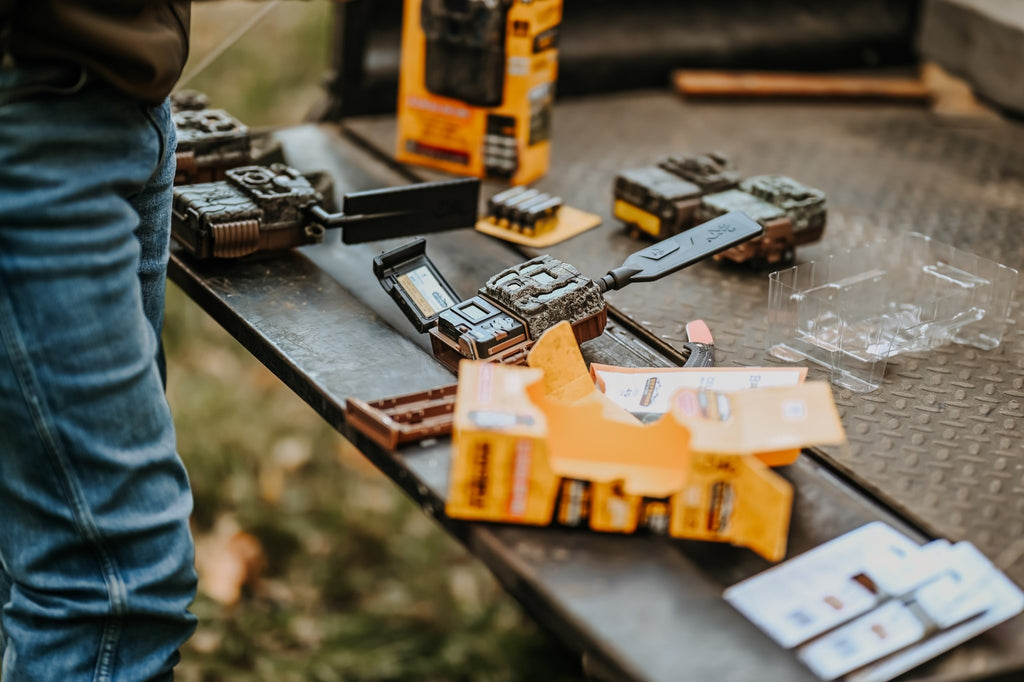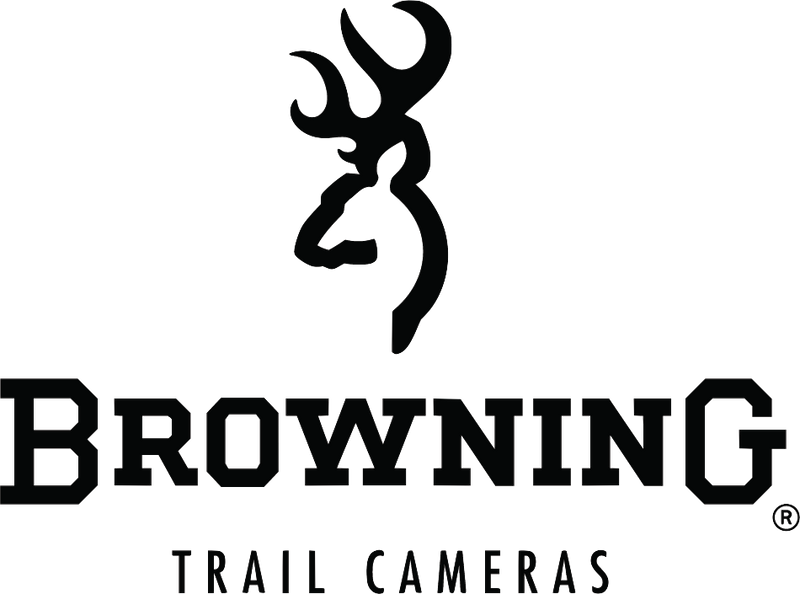Browning Trail Cameras Releases First Time Buyer's Guide

Introduction
If you’re considering a trail camera for the first time, welcome to an exciting world of outdoor discovery! Trail cameras can help you capture incredible wildlife moments, monitor your property, or enhance your hunting strategy. But with so many models and features available, it’s natural to have questions. In this guide, we’ll walk you through the essentials every beginner should know, so you can make a confident, informed choice.
1. What is a Trail Camera, and How Does It Work?
Trail cameras are designed for outdoor use to capture photos or videos when they detect movement. Unlike regular cameras, they’re built to withstand various weather conditions and work independently. This means they’ll keep capturing images whether you’re around or not, making them perfect for scouting wildlife, observing animal habits, or enhancing home security.
Most trail cameras work by sensing motion through a Passive Infrared (PIR) sensor. When the sensor detects movement, it triggers the camera to capture an image or video clip instantly. Many trail cameras can also record at night using infrared or “low-glow” flash, allowing you to capture animals’ nighttime behaviors without disturbing them.
Key Takeaway: A trail camera is your eyes in the wild, capturing the action day and night.
2. Which Features Are Most Important for New Users?

Trail cameras come with a variety of features, and knowing which ones matter most can simplify your buying decision. Here are some of the essentials for beginners:
- Resolution: Higher resolution (measured in megapixels) means clearer, more detailed images. A 10-16 MP range is usually sufficient for great photos, but many cameras go higher if you want ultra-sharp images.
- Trigger Speed: This is how quickly the camera captures an image after detecting motion. Faster speeds (0.1 to 0.5 seconds) are ideal for capturing fast-moving animals without missing a shot.
- Detection Range: A longer range lets your camera detect animals from farther away. For general wildlife tracking, look for a range of around 60-80 feet.
- Night Vision (Infrared/No-Glow): Infrared flash is essential for capturing clear images at night without scaring animals away. No-glow models are especially helpful for keeping the camera discreet.
Recommended Models:

-
Strike Force HD Pro X 1080: Perfect for general wildlife tracking and
property monitoring, this camera offers 24 MP resolution and a 120 ft. infrared range, plus fast trigger and recovery speeds. - Dark Ops HD Pro X 1080: Great for nighttime use, this model features invisible infrared flash with a 90 ft. range, making it ideal for discreet observation in low light.
Key Takeaway: For first-time buyers, focus on resolution, trigger speed, detection range, and night vision to ensure great photos every time.
3. Where Should I Set Up My Trail Camera?
Location is key to getting the best results from your trail camera. Here are a few tips to ensure you capture plenty of action:
- Wildlife Paths and Water Sources: Place cameras near trails, watering holes, or feeding spots where animals are likely to gather.
- Tree or Mounting Location: Position your camera about 3-4 feet off the ground. This angle often gives the best view of passing animals.
- Avoid Direct Sunlight: Try to set up your camera in a shaded area to prevent glare, which can cause overexposed images. North-facing setups generally work best.
You might want to experiment with different placements to see which yields the best shots. Most cameras are built with durable cases, so you won’t need to worry about bad weather, but be mindful of any branches or debris that could obstruct the view.
Key Takeaway: Positioning your camera strategically is essential to capturing the wildlife action you want.

4. How Do I View My Photos and Videos?
Once your trail camera has captured photos or videos, viewing them is simple. Some trail cameras use SD cards to store images and videos, which you can easily transfer to a computer or smartphone for viewing.
Other trail cameras have cellular capabilities, allowing you to view images remotely through an app. This is especially helpful if you’ve placed your camera in a hard-to-reach spot and want to check images without disturbing the location.
Recommended Models:
-
Defender Vision Pro HD: Ideal for remote setups, this cellular trail camera
automatically transmits images in 1080p HD and lets you request on- demand photos and videos through the Strike Force Wireless app. With its high-gain antenna, stay connected to your camera anytime.
Key Takeaway: Transferring images is as easy as removing an SD card—or even simpler with a cellular or wireless model that lets you view images remotely

Conclusion
Your first trail camera can open up a whole new way of experiencing the outdoors, whether you’re interested in tracking wildlife, enhancing your hunting strategy, or simply enjoying nature in a new way. By focusing on these essentials and choosing the right features for your needs, you’ll be well on your way to capturing amazing moments.
Ready to find the perfect trail camera for your needs? Visit our product page to explore our models designed for every type of adventure.
